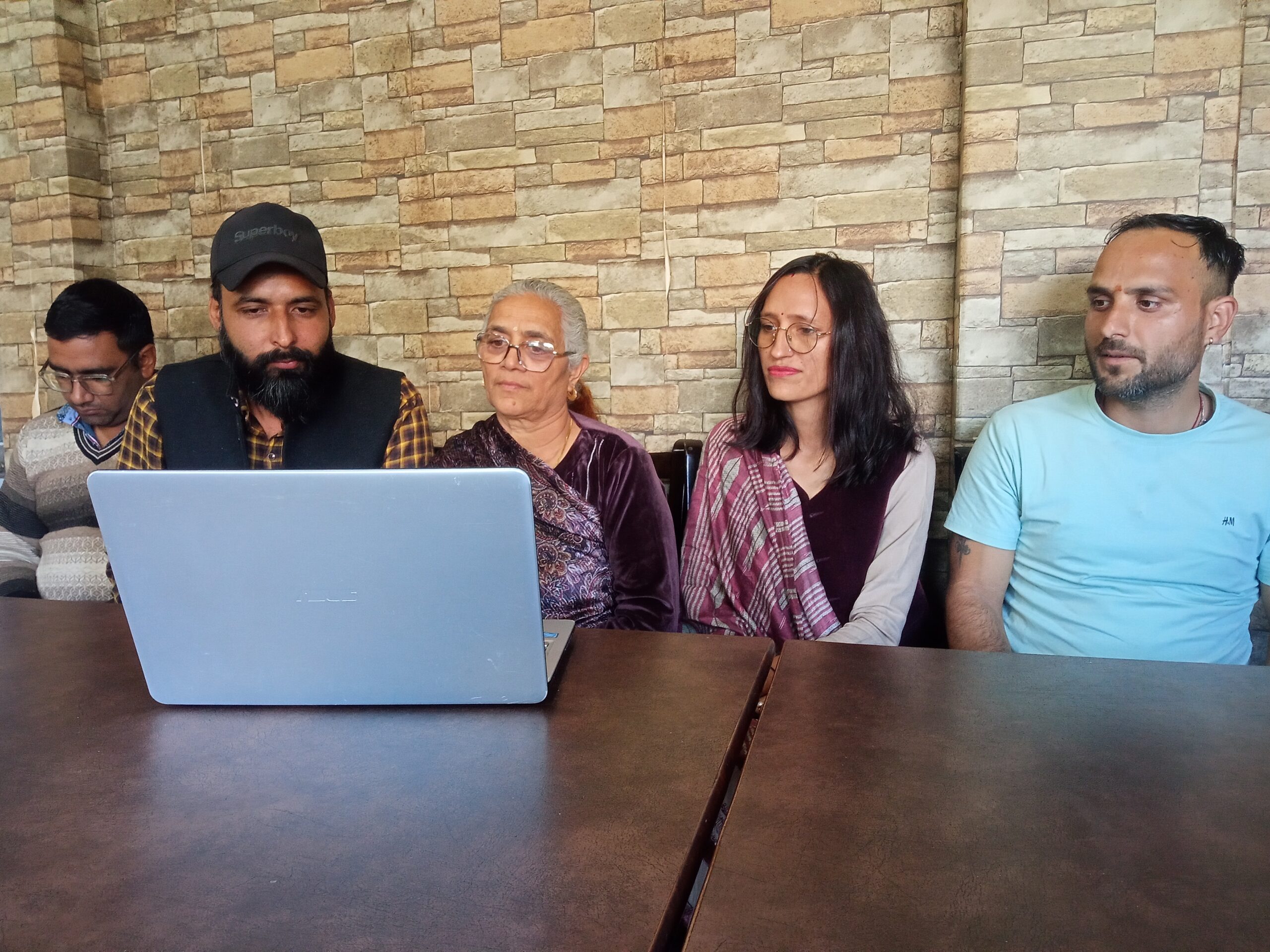Forests: The Forgotten Pantry of Nutrient-Rich Foods. Dr. Tara Devi Sen
Shimla:
The International Day of Forests is observed every year on March 21, established by the United Nations to highlight the importance of forests and promote their conservation. The objective of this day is to spread awareness about sustainable forest management, conservation, and development. The theme for International Day of Forests 2025 is “Forests and Food,” emphasizing the crucial role forests play in ensuring food security.
Forests are not just a collection of trees; they form the backbone of the environment, providing clean air, water conservation, and a vital source of food. Various natural food products such as fruits, flowers, tubers, nuts, seeds, leaves, ferns, mushrooms, and honey are derived from forests, rich in nutritional and medicinal properties. The plant-based food resources obtained from forests not only provide essential nutrition but also possess medicinal properties, protecting us from various diseases.
Since food is the foundation of life, it is essential that our diet remains pure to ensure a healthy body and mind. However, in today’s world, access to quality food has become a significant challenge. Only wild food resources offer natural purity that we can fully trust. According to a WHO (2020) report, approximately two billion people in the coming years will suffer from diseases caused by a lack of quality food and micronutrients.
With growing populations, pollution, and decreasing agricultural land, there is an urgent need to explore alternative food sources. Since the COVID-19 pandemic, awareness about healthy and organic food has increased, leading to a rising demand for wild food resources. Studies suggest that around one billion people worldwide depend on wild food resources for daily sustenance. However, most of these wild edible plants are seasonal and region-specific, meeting only local needs. Therefore, documenting, promoting, and ensuring sustainable commercialization of these plants is crucial.
An estimated two billion people rely on wood and traditional fuels for cooking, while more than five billion people depend on forests and their products in some form. In rural areas, income from forest products plays a vital role in the household economy, contributing to nutrition and health security. This further highlights the importance of forest conservation.
The Role of Forests in Himachal Pradesh
Himachal Pradesh, with about 68.16% of its geographical area legally classified as forest land and an actual forest cover of around 27.7%, has a long tradition of utilizing wild edible plants. However, modern lifestyles, urbanization, and western influences have led to a decline in their usage. The neglect of traditional knowledge has resulted in a gradual loss of identification and utilization of these resources.
Despite their high nutritional value and seasonal availability, wild food plants have not been integrated into the mainstream market system. As part of the Western Himalayan region, Himachal Pradesh is home to a diverse range of medicinal and edible plants, such as:
Kachnar (Bauhinia variegata)
Nagphani (Opuntia – Prickly pear cactus)
Guchhi (Morel mushroom)
Tejpatta (Cinnamomum tamala – Bay leaf)
Lasuda (Cordia dichotoma – Indian cherry)
Chilgoza (Pine nuts – Neoje)
Hazelnuts
Buransh (Rhododendron flowers)
Kaafal (Myrica esculenta – Bayberry)
Fig (Anjeer)
Moringa (Drumstick)
Bamboo shoots
These plants can be consumed raw or processed into pickles, jams, squashes, chutneys, spices, and oils. They offer a high nutritional value, making them beneficial for both urban and rural populations.
For example:
Bamboo shoots and Moringa are rich sources of vitamins, minerals, and fiber and are commonly used in traditional dishes.
Morel mushrooms (Guchhi) are highly nutritious and valuable, growing in Himalayan regions and fetching a high market price.
Despite their scientifically proven nutritional benefits, the commercialization and promotion of wild edible plants remain limited.
Challenges in Forest Conservation and Food Security in Himachal Pradesh
Although Himachal Pradesh has rich forest resources, several challenges must be addressed to ensure their sustainability and economic potential:
Climate change
Illegal deforestation
Rising pollution
Forest fires
Lack of storage facilities
Poor transport and road connectivity
Absence of certification and processing units
Due to these issues, many forest food resources go to waste at the harvesting stage. To address these issues, community participation, afforestation, sustainable harvesting, value addition, certification, and an effective distribution system must be developed. Traditional recipes can be modernized and marketed, making them more appealing to contemporary consumers.
The Need for Multi-Purpose Agroforestry and Conservation Strategies
Forests not only provide food but also support agriculture by maintaining soil fertility, protecting water resources, and enhancing biodiversity. Pollinators like bees and butterflies, which improve crop productivity, rely on forests.
In Himachal Pradesh, planting multi-purpose trees will benefit the environment while also providing food, medicinal, and economic advantages. Promoting organic forest-based products can boost the rural economy and meet health-related needs. Many local communities sustain their livelihoods by selling forest products like wood, resin, gum, honey, and medicinal plants.
Government and private sector involvement in marketing and value-addition of forest-based products can not only strengthen the local economy but also ensure sustainable forest management.
However, forest conservation is not just the responsibility of the government—it requires active participation from every citizen.
Community-based afforestation programs
Revival of traditional forest-related practices
Sustainable use of forest products
Educating youth and students about the importance of forests and their food resources is vital for ensuring the preservation of this natural heritage.
Additionally, strategies such as:
Using food-producing shrubs like Prickly Pear (Nagphani), Agave, and Euphorbia as natural fences
Training villagers in forest fire prevention
Promoting eco-tourism and forest-based culinary tourism
Encouraging organic waste composting instead of littering forests with plastic
The theme of International Day of Forests 2025 – “Forests and Food” reminds us of how crucial forests are for food security and sustainable development. To ensure a continuous supply of nutritious food and environmental balance, the conservation and sustainable use of wild edible plants is the only viable solution.
By revitalizing traditional knowledge, raising awareness, and promoting sustainable practices, Himachal Pradesh can set an example for forest conservation and food security worldwide.




